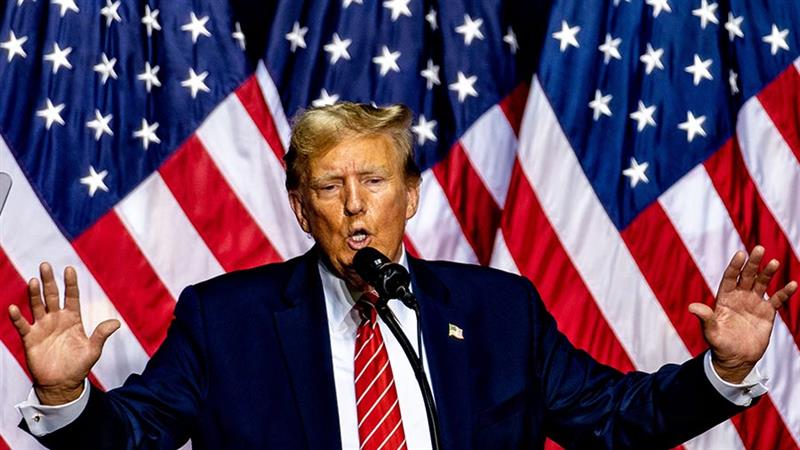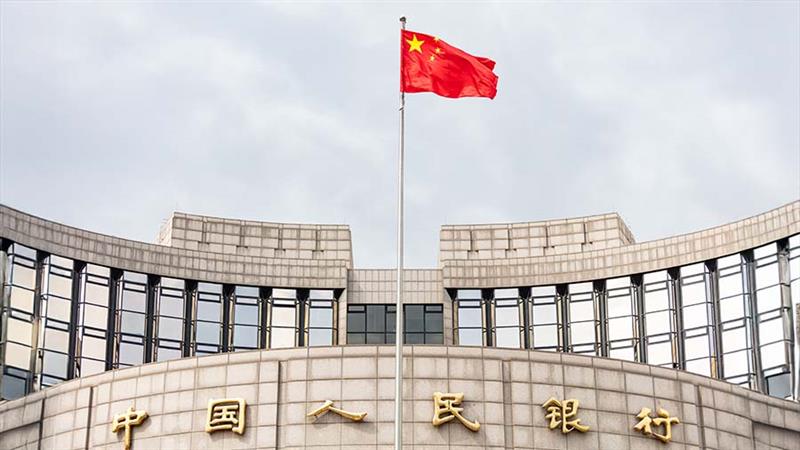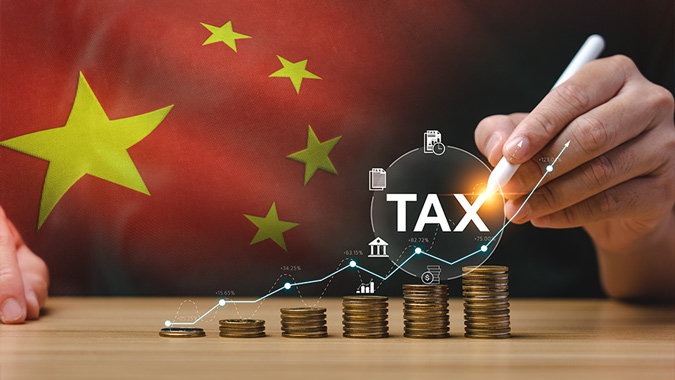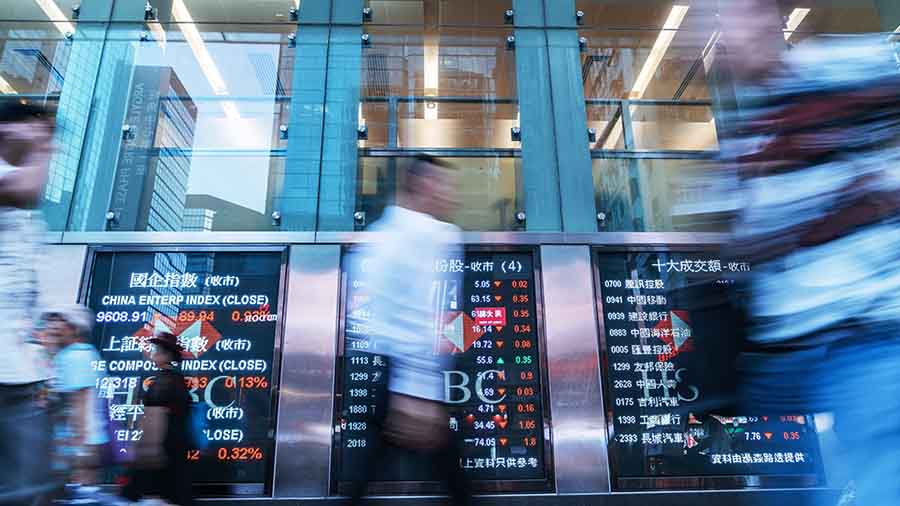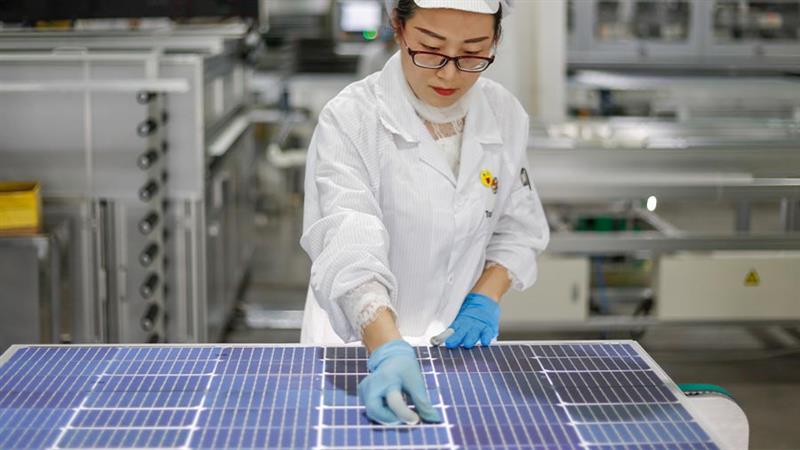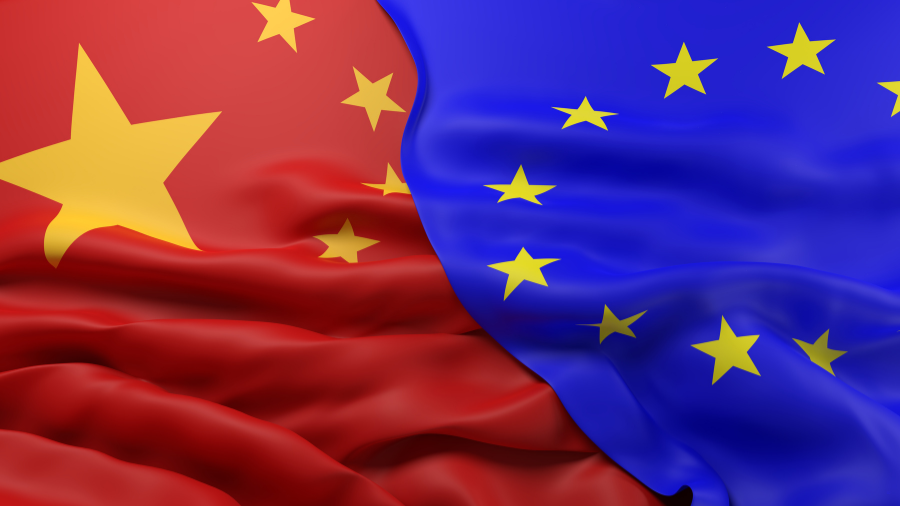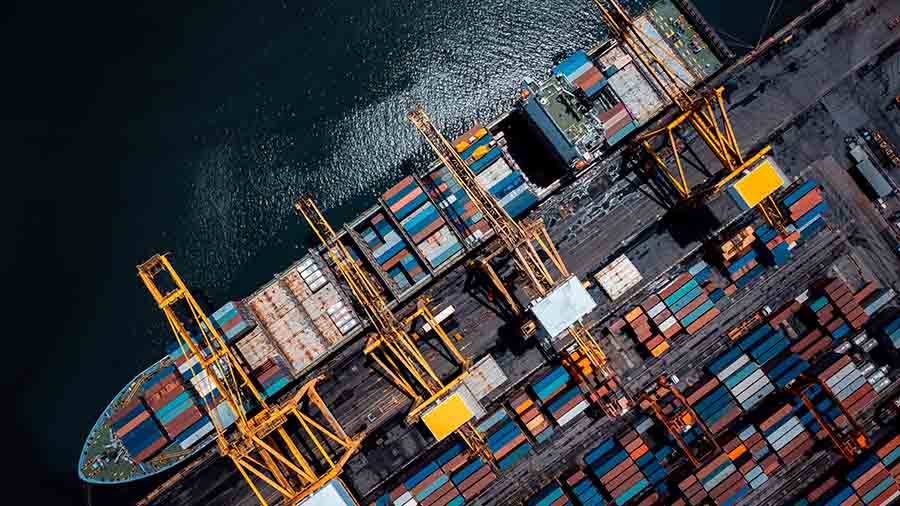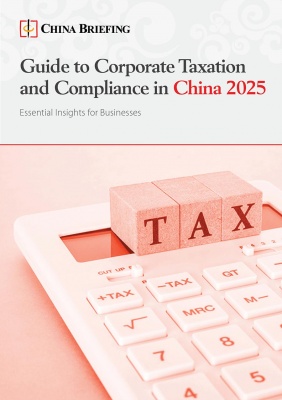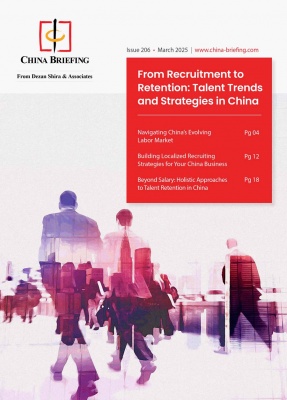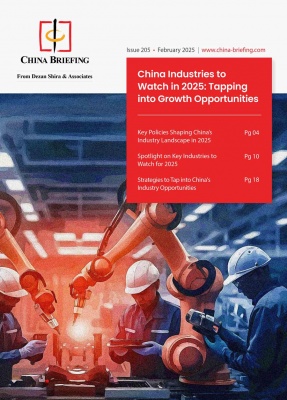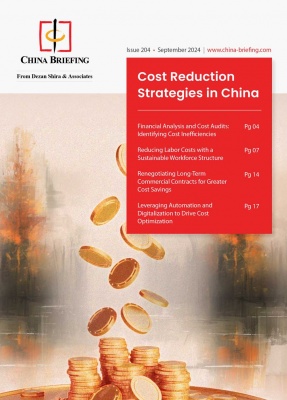Vietnam-China Economic Partnership: Insights from Top Chinese Leader’s Visit
Chinese President Xi Jinping visited Vietnam amid heightened global trade tensions and rising US tariffs. During his visit from April 14 to 15, he emphasized the need to strengthen Vietnam-China trade and economic relations. This article explores the implications of his visit for business and investment on both sides, particularly in the context of the ongoing trade war.
Kick-started the first overseas trip this year, China's President Xi Jinping has chosen his ASEAN neighbors – Vietnam, Malaysia, and Cambodia – as his strategic destinations to consolidate China’s trade and economic ties amid the disruption caused by US tariffs.
His visit to Vietnam from April 14 to 15, the first destination in his ASEAN trip, occurs while Beijing deals with a 145 percent duty from the US. Meanwhile, Vietnam is in talks to reduce impending US tariffs of 46 percent, set to take effect in July after a global 90-day moratorium ends.
In his remarks on April 14, President Xi expressed China’s dedication to boosting trade and supply chain relations with Vietnam to mitigate the impacts of US tariffs. He highlighted the importance of enhancing trade and cooperation with Hanoi in Artificial Intelligence (AI) and green economy.
President Xi and Vietnam’s President To Lam signed 45 bilateral cooperation agreements covering areas such as supply chain resilience, infrastructure, digital economy, and agriculture. While details remain undisclosed, the scope underscores a shared agenda to align their development trajectories.
Vietnam-China economic and trade cooperation experience new heights
Economic and trade cooperation between Vietnam and China, alongside investment and infrastructure connectivity, has shown robust growth. In 2024, this cooperation is projected to surpass new milestones, reaching over US$200 billion according to Vietnam's data, and US$260 billion according to China's figures.
Vietnam remains China’s largest ASEAN trade partner and fourth globally. During the first three months of 2025, the bilateral trade volume between Vietnam and China reached US$51.25 billion, marking a 17.46 percent increase. China has emerged as the top export destination for Vietnam's agricultural, forestry, and fishery products, providing tangible benefits to millions of Vietnamese farmers. Chinese FDI in Vietnam totaled US$31.26 billion, making China Vietnam’s sixth-largest foreign investor.
|
Vietnam’s Key Exports to China, 2024 |
||
|
Items |
Value (US$) |
Proportion |
|
Total |
61,211,549,458 |
100.00% |
|
Iron and steel products |
15,439,134,101 |
25.22% |
|
Iron and steel |
12,643,983,091 |
20.66% |
|
Fruits and vegetables |
4,632,047,506 |
7.57% |
|
Other base metals and other base metal products |
4,571,938,353 |
7.47% |
|
Computers, electrical products, spare-parts and components thereof |
3,365,088,867 |
5.50% |
|
Plastics |
2,442,970,072 |
3.99% |
|
Wood and wooden products |
2,140,696,893 |
3.50% |
|
Bamboo and rattan products |
2,017,545,628 |
3.30% |
|
Textiles and garments |
1,911,279,266 |
3.12% |
|
Fishery products |
1,729,512,619 |
2.83% |
|
Paper and paper products |
1,326,741,529 |
2.17% |
|
Other means of transportation, parts and accessories thereof |
1,306,332,307 |
2.13% |
|
Manioc and manioc products |
1,060,651,425 |
1.73% |
|
Source: Vietnam Customs |
||
|
Vietnam’s Key Imports from China, 2024 |
||
|
Items |
Value (US$) |
Proportion |
|
Total |
144,020,977,569 |
100.00% |
|
Computers, electrical products, spare-parts and components thereof |
34,587,587,654 |
24.02% |
|
Machine, equipment, tools and instruments |
28,961,984,518 |
20.11% |
|
Fabrics |
9,980,922,100 |
6.93% |
|
Telephones, mobile phones and parts thereof |
9,046,590,071 |
6.28% |
|
Iron and steel |
7,489,955,863 |
5.20% |
|
Plastic products |
5,102,497,536 |
3.54% |
|
Iron and steel products |
4,538,147,033 |
3.15% |
|
Textile, leather and foot-wear materials and auxiliaries |
3,852,766,836 |
2.68% |
|
Chemicals |
3,422,474,906 |
2.38% |
|
Plastics |
3,201,146,360 |
2.22% |
|
Chemical products |
3,055,506,375 |
2.12% |
|
Other base metals |
2,728,779,848 |
1.89% |
|
Other base metal products |
2,566,523,630 |
1.78% |
|
Insulated wires and cables |
2,207,742,110 |
1.53% |
|
Yarn |
1,752,359,708 |
1.22% |
|
Parts and accessories of motor vehicles |
1,405,971,953 |
0.98% |
|
Still image, video cameras and parts thereof |
1,172,908,832 |
0.81% |
|
Wood and wooden products |
1,100,639,833 |
0.76% |
|
Source: Vietnam Customs |
||
Vietnam-China Joint Statement: Key emphasis on economic ties
In conjunction with President Xi’s visit, Vietnam and China released a joint statement to further strengthen the Comprehensive Strategic Cooperative Partnership and foster closer bonds through a shared future of strategic importance. One of the key pillars of cooperation between the two countries is trade and economic collaboration, which is elaborated into multiple fields.
Both parties have agreed to view China's advancement in new quality productive forces and Vietnam's enhancement of production forces as opportunities for establishing a more comprehensive and expansive cooperation framework.
They plan to expedite the synchronization of development strategies between the two nations, effectively carrying out the Cooperation Plan that links the "Two Corridors, One Belt" framework with the "Belt and Road" initiative, with a focus on fast-tracking infrastructure connections, including railways, expressways, and border gate facilities.
Connectivity enhancement
Both countries will advance the Vietnam-China Joint Committee on Railway Cooperation to implement the standard gauge railway projects, improving border connections. China has promised to collaborate on technology and training initiatives.
China has approved technical assistance for a feasibility study on the Lao Cai – Hanoi – Hai Phong railway and will commence construction promptly. Both sides aim to expedite the study for the Lao Cai segment.
The countries also welcomed the signing of the Official Letter of Assistance for planning standard gauge railways, including Dong Dang – Hanoi and Mong Cai – Ha Long – Hai Phong. They committed to enhancing cooperation on road construction and initiated the road bridge project over the Red River at Bat Xat (Vietnam) – Ba Sai (China). They plan to accelerate cross-border infrastructure development at the Thanh Thuy (Vietnam) – Tianbao (China) international border gate.
The Vietnam-China Land Border Gate Management Cooperation Committee will establish smart border gates and transport routes at markers 1088/2 - 1089 and 119 - 1120 of the Huu Nghi (Vietnam) - Youyi Guan (China) gate, considering extending this model to other gates like Mong Cai – Dongxing.
Both parties will enhance collaboration in transportation, modify the Border Railway Agreement, advance international rail transport, restore passenger services, and establish more cross-border routes. They will also facilitate inspections, quarantines, and imports/exports at railway crossings, and extend flight times for airlines to meet demand. Vietnamese airlines may use Chinese commercial aircraft and cooperate in aircraft production in China.
Economic and industrial collaboration
Both the leaders have agreed to enhance strategic ties among their economies by integrating regional development plans, which encompass the Guangdong – Hong Kong – Macao Greater Bay Area and the Yangtze River Delta, while also extending the economic corridor within the "Two Corridors, One Belt" initiative to Chongqing.
Also read: China’s Manufacturing Presence in Vietnam: Locations and Future Growth
Investment and business environment
The two sides have decided to promote and assist reputable companies with cutting-edge technology to invest in one another's countries, fostering a just and conducive business climate for enterprises. They welcomed collaborations between the companies of both nations in researching and implementing 5G technology.
Emerging technologies and innovation
The priority for both sides is fostering collaboration in emerging sectors like artificial intelligence, clean energy, sustainable development, and the digital economy. This will involve supporting the working group's efforts to investigate the Vietnam–China cross-border economic cooperation zone model while exploring a pilot for a cross-border economic cooperation model and collaboratively developing safe and stable industrial and supply chains.
State-owned enterprises and financial cooperation
Both countries have agreed to enhance exchanges regarding state-owned enterprise reform and management while collaborating on human resources training. The governments of both countries aim to improve the functionality of the financial-monetary cooperation working group by fostering greater information and experience sharing on policy administration and reforms in the financial-monetary sector. They have planned the effective execution of bilateral retail payment cooperation via QR codes, explored the expansion of payments in local currencies, and strengthened financial risk prevention capabilities.
Key minerals and public welfare projects
The two countries will also explore collaboration on essential minerals while adhering to each nation's legal frameworks and industrial strategies. This includes expediting the Vietnam Traditional Medicine Academy – Campus 2 project, maintaining the Vietnam-China Friendship Palace, and pursuing other public welfare initiatives.
Trade facilitation and e-commerce
Both parties, under the joint statement, agreed to use the Regional Comprehensive Economic Partnership (RCEP) and the ASEAN-China Free Trade Area (ACFTA) to strengthen bilateral trade. Vietnam and China will activate the Trade Facilitation and E-commerce Cooperation Working Groups to explore trading opportunities and enhance collaboration among businesses. Through dialogue, they have aimed to tackle trade issues and expand cooperation avenues.
Both sides have planned to enhance customs cooperation, promote each other's key exports, and implement the mutual recognition plan for "Authorised Economic Operator" (AEO) and "single window" cooperation.
The Chinese government is ready to support establishing Vietnamese trade promotion offices in Haikou (Hainan) and elsewhere. This involves both nations working together to improve customs efficiency at border crossings to relieve clearance pressure. Protocols for Vietnamese exports to China include chili, passion fruit, bird nests, and rice bran. China is working to authorize imports of various Vietnamese agricultural products, including citrus and plant-based medicines. Vietnam also aims to increase imports of sturgeon from China.
Both nations have strengthened the Vietnam-China Joint Committee on Agricultural Cooperation and the Joint Committee on Fishery in the Gulf of Tonkin, focusing on high-tech agriculture, food security, and disease management. They planned to meet soon to finalize a fishery cooperation agreement for the Gulf of Tonkin, focusing on protecting aquatic resources and implementing a hotline for unexpected incidents and maritime search and rescue cooperation.
Environmental and disaster management
Vietnam and China will also focus on collaboration to address environmental pollution, particularly urban air pollution. This collaboration aims to enhance readiness in disaster prevention, control, and mitigation, as well as in response to climate change, managing water resources, and meteorological efforts. Additionally, they will exchange hydrological information during flood seasons while reinforcing their partnership in comprehensive water resources management.
Science, technology, and health collaboration
The two countries also highlighted the need to focus on enhancing science and technology cooperation, emphasizing AI, semiconductors, and nuclear energy. Competent authorities from both sides will implement the Vietnam-China agreement on this cooperation by utilizing the Joint Committee, deepening policy ties in science, technology, and innovation, and initiating joint research in healthcare, pharmaceuticals, disaster management, clean energy, and sustainable agriculture.
Vietnam and China also plan to boost technological human resources, promote technology transfer, and encourage collaborative research projects and human resource exchanges between their research institutions and enterprises. They will enhance collaboration in nuclear safety management, consider mutual geographical indication protection, and standardize nuclear power development. Lastly, the countries will continue promoting healthcare, health management, and traditional medicine exchanges.
Vietnam’s pursuit of higher value-added production amid US-China feud
According to experts, the 46 percent tariff rate the US initially planned to impose on Vietnam’s imports partly originated from its trade surplus with the US. In 2024, Vietnam’s trade surplus with the US reached approximately US$123.5 billion, a substantial increase from US$39.5 billion in 2018, based on data from the US Census Bureau. Some of Vietnam’s increasing exports to the US might include Chinese goods that have been redirected to avoid elevated tariff rates. Trade statistics supports this inference gathered after 2018, coinciding with the intensification of the US-China trade war, as indicated by a study from Harvard Business School.
However, suggesting that Vietnam’s exports to the US primarily reroute from China is an oversimplification. Edmund Malesky, a Duke University political science professor and co-author of the Harvard paper, estimates that 84 percent of Vietnam’s growth in manufacturing activity is attributed to value-added production.
In fact, the country's industrial sector’s added value increased by 9.59 percent in Q3 2024 compared to the same period in 2023. According to the Ministry of Industry and Trade (MOIT), industrial production during the third quarter of 2024 demonstrated stronger growth than in the previous quarter, maintaining the positive trend from late 2023. For the first nine months of 2024, the added value of the industrial sector is estimated to have risen by 8.34 percent year-on-year, contributing 2.71 percentage points to the overall growth of the economy’s added value.
Additionally, Vietnam is emerging as a key regional research and development center. Supported by a conducive business environment, government backing, a strategic location, and a skilled labor force, the country is increasingly recognized as a leading manufacturing hub with substantial manufacturing capabilities. In fact, the manufacturing sector plays a crucial role in Vietnam’s economy, contributing more than 20 percent of its GDP.
Also read: Vietnam and China Manufacturing: Key Comparisons for Business Strategies
Conclusion
President Xi’s visit to Vietnam marks a significant step in strengthening China-Vietnam economic ties amidst the challenges posed by US tariffs. The agreements reached an understanding on enhancing trade, infrastructure, and collaboration in emerging technologies. By aligning their development strategies and fostering a conducive business environment, both nations aim to establish a robust partnership that promotes mutual growth and stability in the region.
As Vietnam commits to strengthening strategic partnerships with key allies, it also prioritizes boosting its competitiveness, particularly in production and manufacturing. This proactive strategy creates a favorable landscape for business and investment, offering plentiful opportunities for sustainable growth.
This article first appeared on Vietnam Briefing, our sister platform.
